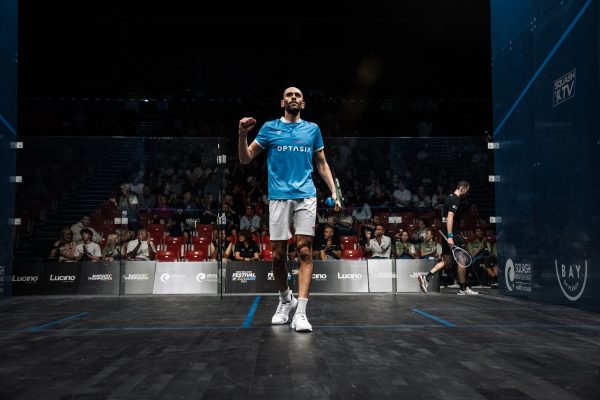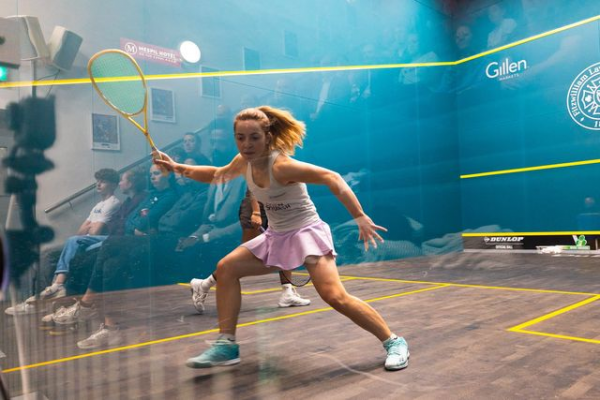Discover how the squash community in Brazil transformed its competitive scene with the introduction of SquashLevels. From subjective league divisions to objective player rankings, this case study highlights how SquashLevels has brought exciting changes across the country.
After living in London for a work assignment, Diego Benito first discovered SquashLevels, and appreciated how SquashLevels allowed him to track his progress as well as helping him “gamify” his practice matches at the local club.
On Diego’s return to Brazil he continued playing squash but found that the local league grading system was very subjective, leading to mis-matched matches and frustration from both players not getting the game they hoped for.
He also missed having a system to track his progress, being competitive, he found that having his SquashLevel on the line in friendly matches increased the fun in the game – and made him work harder for every point, because every point counts!
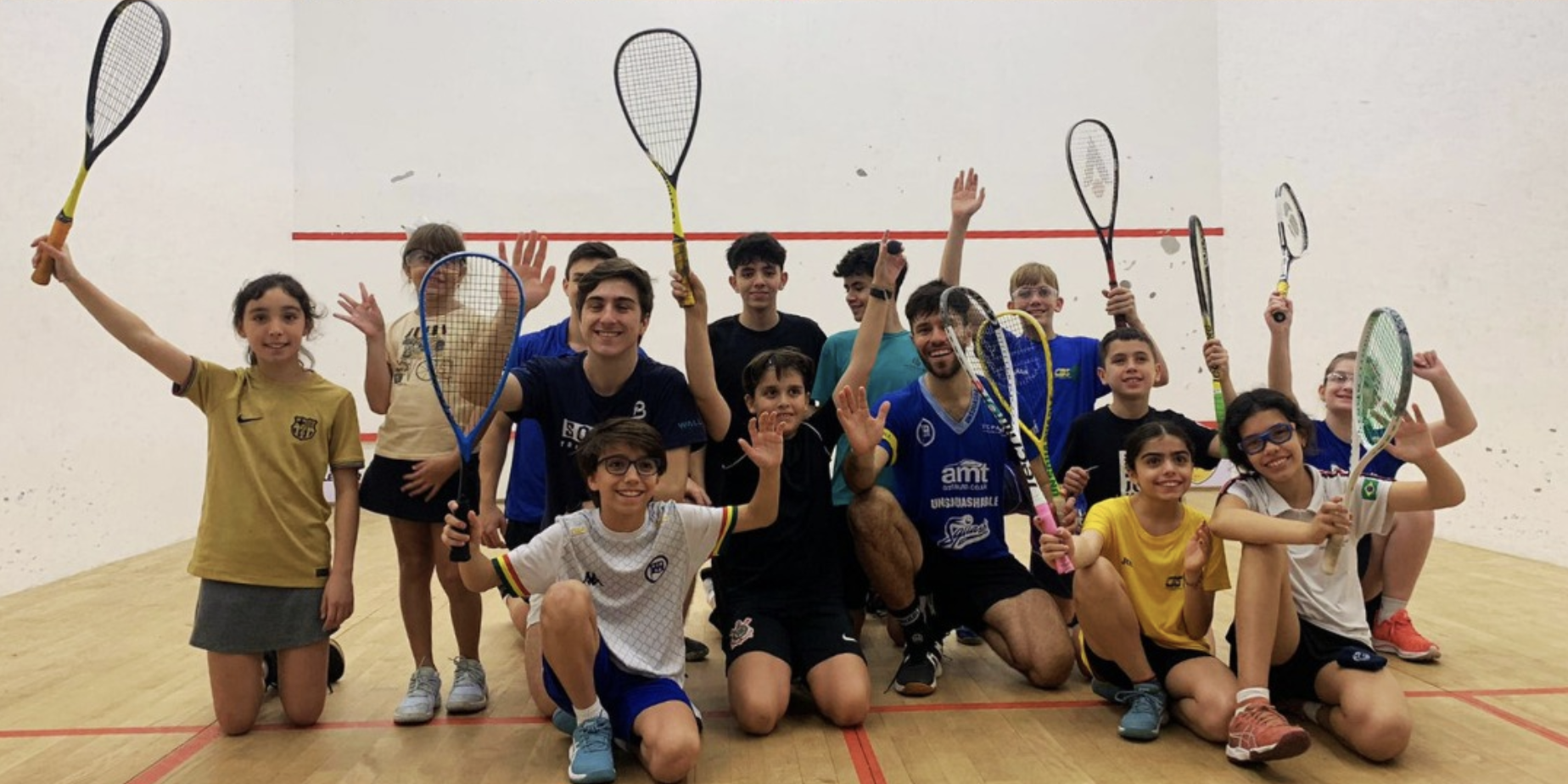
The Need for SquashLevels
Brazil had the essential requirements for SquashLevels
- A passionate and engaged squash community.
- A need for an objective way to define player levels and grades.
- Numerous social and practice matches being played without formal tracking.
So he involved Federação Paulista de Squash, the local federation, and the rest they say is history.
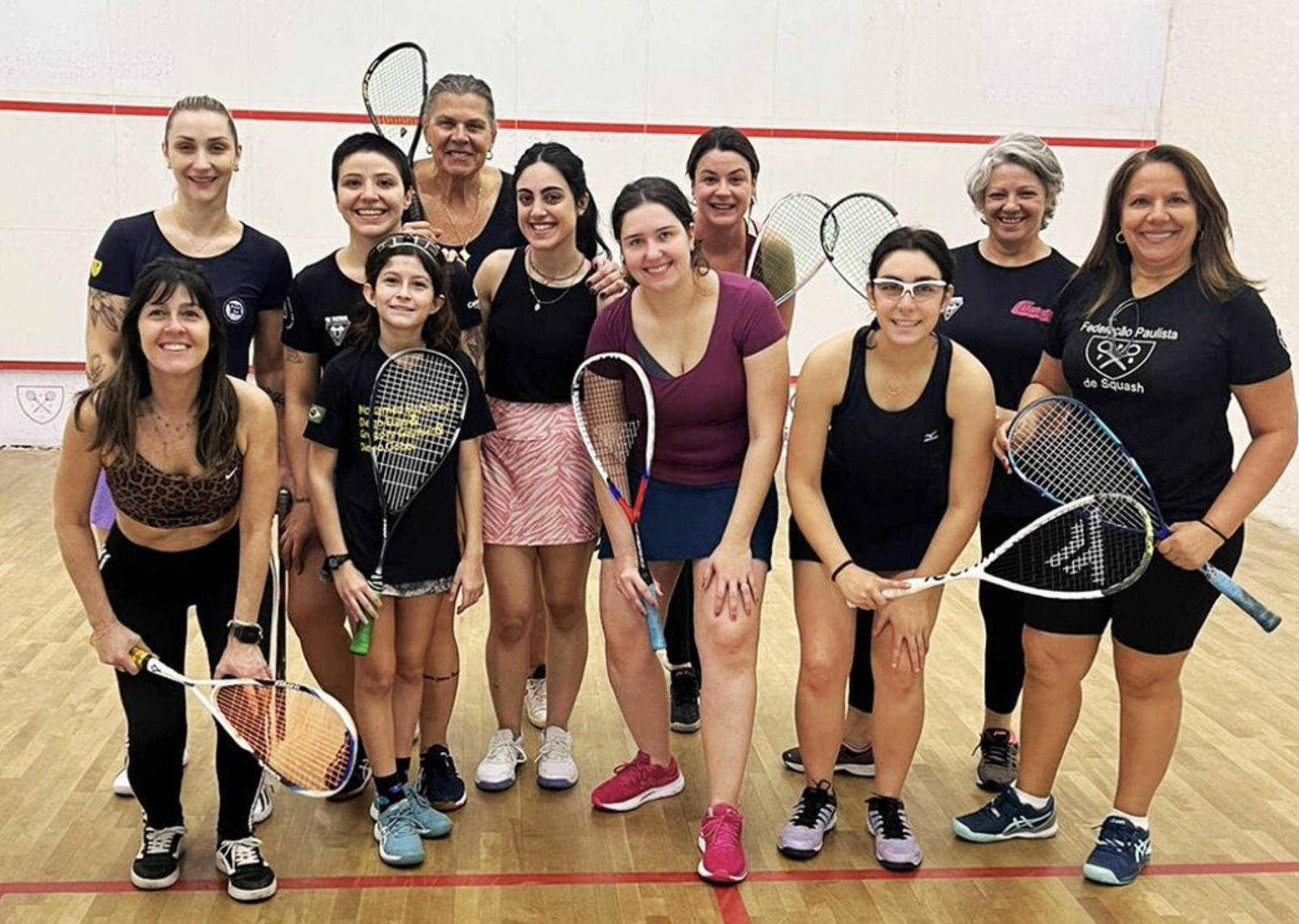
Implementing SquashLevels
Diego, alongside a key team of volunteers, has been a driving force in the adoption of SquashLevels across Brazil, working tirelessly with the SquashLevels team.
From the initial stages of manually importing three years of historical match data, covering over 3,000 players across Brazil, from Tournament Software* into SquashLevels, to cleaning the data and calibrating the levels of all players to ensure accuracy.
you can see the Brazil rankings here
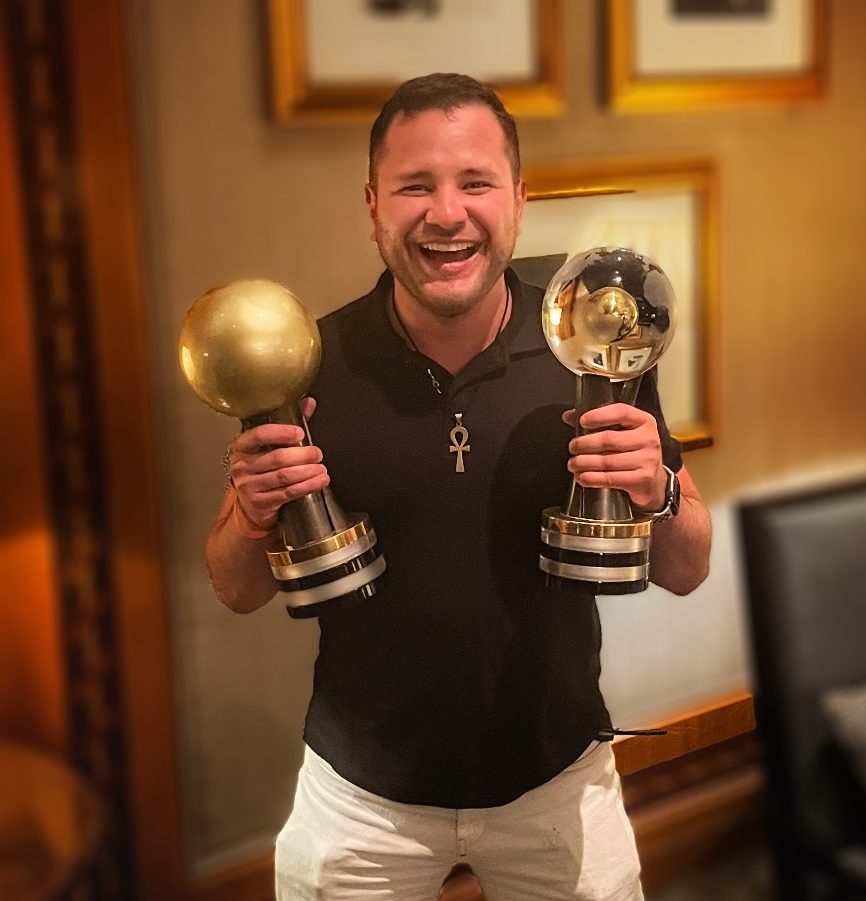
Adoption Across Brazil
Adoption began slowly, but as weeks passed, more players began using SquashLevels to track their progress and study their future opponents. Helped along by promotion from Federação Paulista de Squash social media channels and mailing lists; encouraging players to join the free platform, as well as partnering with a local Brazilian YouTube squash channel creating a dedicated video explaining the benefits of SquashLevels which was very well received.
Brazil quickly realized that having highly engaged individuals (“multipliers”) in gyms and across different states was crucial for the success of the implementation. People who could answer questions about SquashLevels, explain the features available, and encourage others to sign up.
Today, SquashLevels adoption is growing rapidly. Several clubs are using the Box Leagues feature, a format that was previously unfamiliar in Brazil. Players are now eager to see their updated levels after each tournament, and the federation has a valuable objective tool to help define player grades more accurately, already addressing some mismatches. Clubs regularly highlight the “Player of the Tournament” and “Player of the Month” on our social networks, which have become popular features.
The benefits of the data that can be provided by SquashLevels has been invaluable to the federation, helping generate insights into the Brazilian squash community, allowing for new initiatives to be generated around the sport with promotors, gym owners and sponsors. The possibilities are endless!
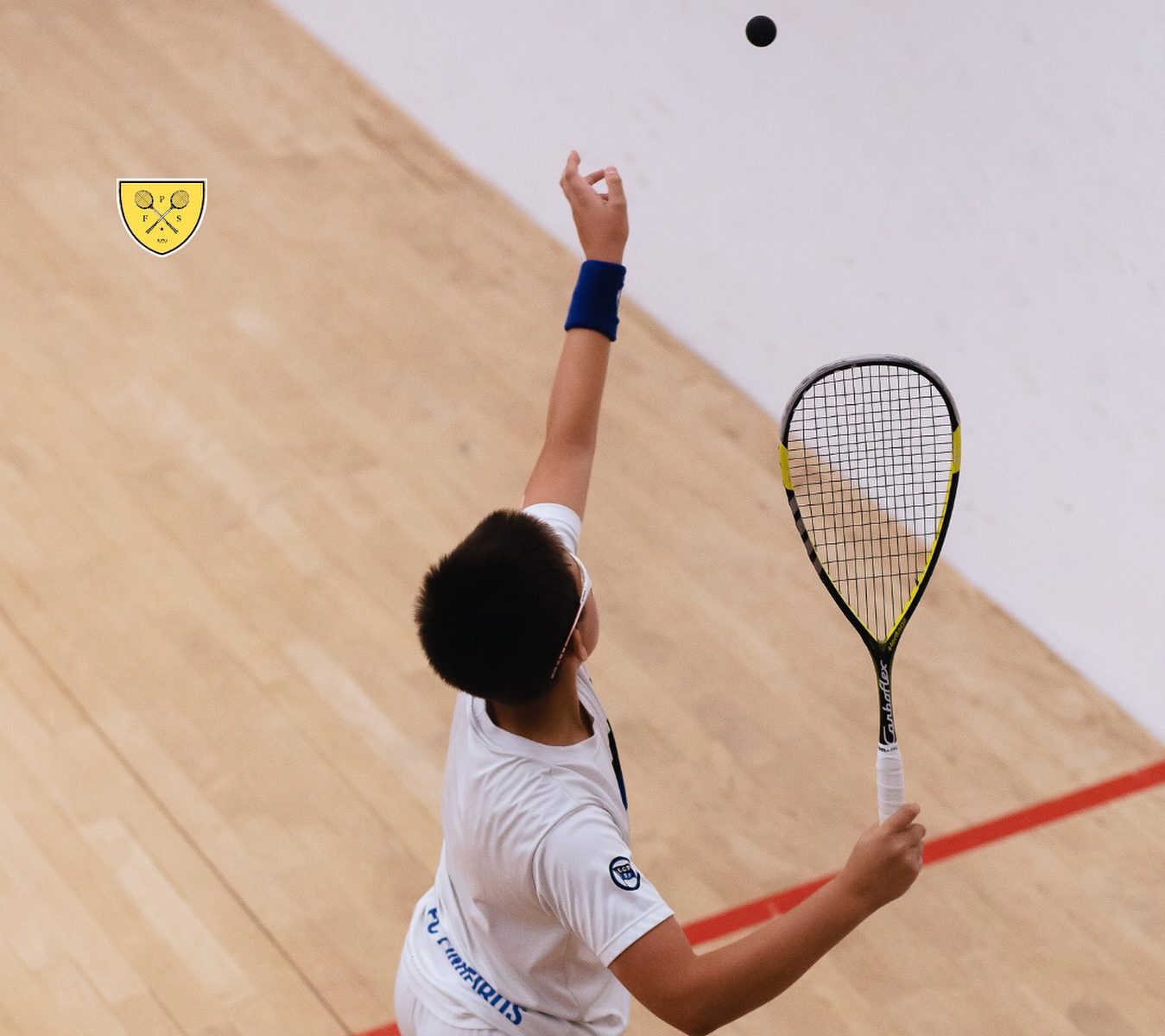
The Future is SquashLevels
Connecting with a global community through SquashLevels has been incredible, and Diego firmly believes that squash needs those kind of connections, especially since squash has a niche but dedicated following. SquashLevels helps us grow stronger and stay connected.
There are still many areas, especially in South America, where the system isn’t used, but I’m in discussions with people in other countries to implement it. It requires some initial dedication, but it’s absolutely worth it.
To all passionate squash enthusiasts around the world—let’s unite!
Sign up to the SquashSkills newsletter
Get world class coaching tips, straight to your inbox!

